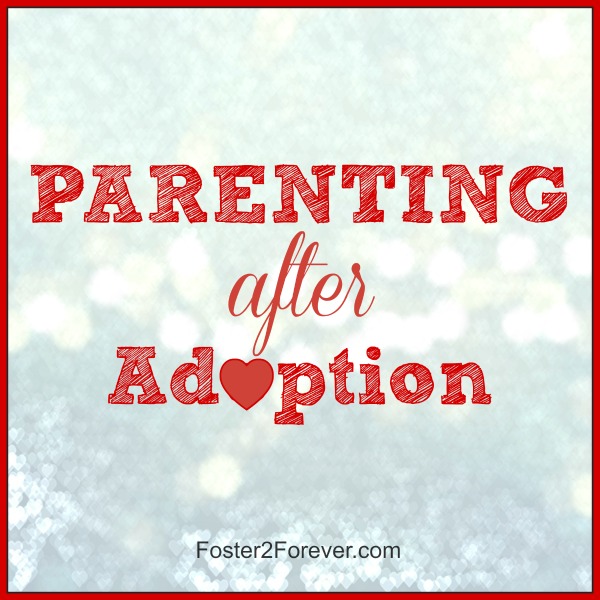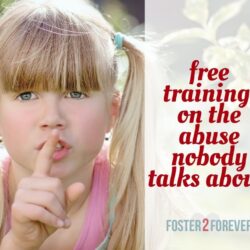31 Parenting Techniques After Adoption
I became the mom to two baby boys through the miracle of adoption via the foster care system. I was a foster parent to over twenty children (ages 3 months to 12 years) over the course of seven years. I’ve learned a number of parenting techniques for traumatized kids through the years — and I’m still learning!
I’m sharing 31 of the parenting techniques I’ve learned as an adoptive parent.
I am NOT the perfect parent and have made many mistakes during my parenting journey — I hope to help other adoptive parents learn from my mistakes and be better informed on the parenting challenges of raising traumatized children.
I hope that you will try these 31 Parenting Techniques for After Adoption as I share the parenting techniques I’ve learned while raising over 20 traumatized children as a foster parent.
31 Days of Parenting Techniques after Adoption
Day 1: Learn all you can about attachment! Here are the 4 attachment parenting types you must know before becoming a parent! Which one are you?
Day 2: Make eye contact with your child to create connection!
Day 3: Ask questions as a first step when a child misbehaves.
Day 4: Use do-overs as part of your discipline strategy to teach kids the proper way to behave.
Day 5: Commit to babywearing infants to increase attachment and sensory input.
Day 6: Use these 3 tips to deal with manipulation and triangulation.
Day 7: Use storytelling to help your child deal with BIG emotions.
Day 8: Do a time-in for discipline instead of a time-out.
Day 9: Determine if your child’s behavior could be associated with Sensory Processing Disorder.
Day 10: Try to determine the emotional triggers that could send your child into a rage.
Day 11: Help your child overcome their fears with these 6 tips.
Day 12: Sometimes you have to “go backward” to help your child get what he missed.
Day 13: Learn the 4 steps and the words you must use when your child is defiant.
Day 14: Receive training on trauma. Check out this free online foster care training.
Day 15: Look for signs of Reactive Attachment Disorder.
Day 16: If possible, take family leave from work to bond with your child. The Family Medical Leave Act allows up to 12 weeks of leave (480 hours) upon placement of an adoptive child (or even foster child).
Day 17: Schedule play therapy for your child to help deal with overwhelming emotions.
Day 18: Evaluate your child for gluten intolerance symptoms and consider if a gluten-free diet may help with behaviors.
Day 19: If your child is having a bad day, try these 5 tips to help traumatized kids with attachment.
Day 20: Keep a log of your child’s meltdowns and determine if child hunger or low blood sugar could be the cause.
Day 21: Consider that your defiant child may exhibit symptoms of oppositional defiant disorder.
Day 22: Use these 5 tips to a calmer bedtime routine.
Day 23: Learn strategies of how to cope with night terrors.
Day 24: Increase family bonding time with these 5 tips to strengthen family bonds.
Day 25: Use playful scenarios to help your child feel safe.
Day 26: Learn how to stay calm when your child misbehaves.
Day 27: When your traumatized child is misbehaving, ask yourself these 4 questions.
Day 28: Read the shocking way that even if a child doesn’t remember, their little brains and bodies always remember trauma.
Day 29: Keep yourself healthy from secondary traumatic stress or compassion fatigue that comes with parenting traumatized children by using these 10 stress management tips.
Day 30: Here are some tips when your child is throwing a tantrum
Day 31: Most importantly, take care of yourself! You can’t help your children if you don’t make self-care a priority! I learned this the hard way through cancer.





